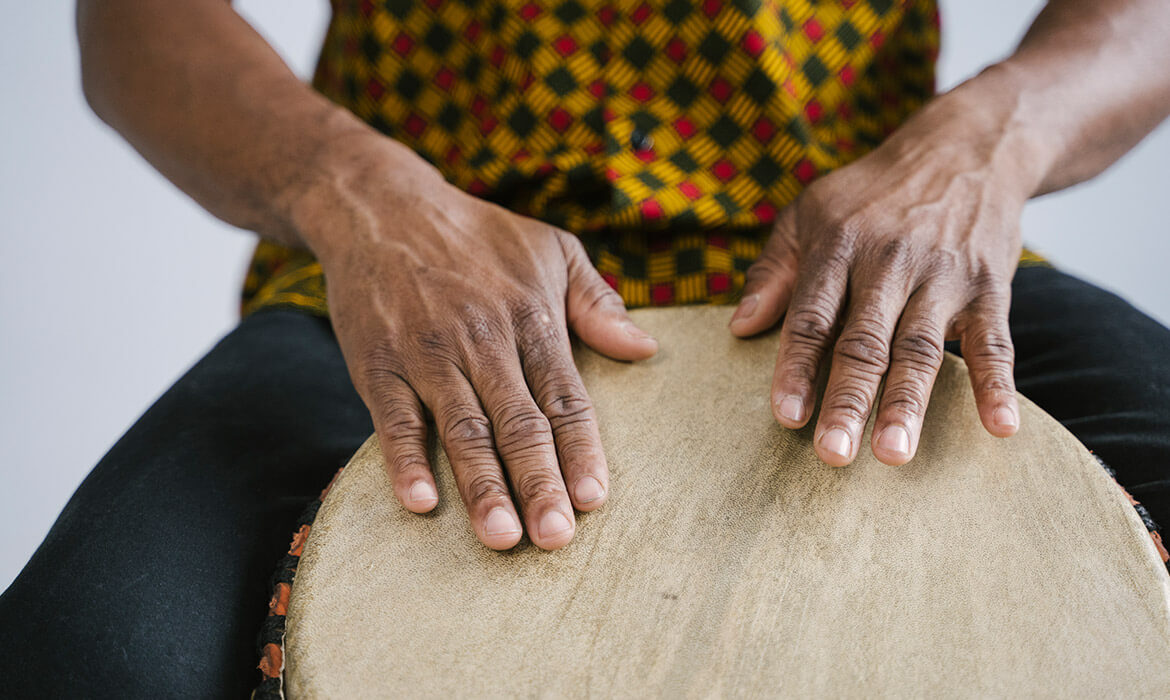Understanding your newborns sleep habits
Sleep Patterns: Newborn babies sleep for an average of 14 to 17 hours a day, but their sleep is not consolidated into long stretches. They typically sleep for short periods, usually between 2 to 4 hours at a time, both day and night.
Rapid Eye Movement (REM) Sleep: Babies spend a significant amount of their sleep time in REM sleep, which is the phase associated with dreaming. It is believed that REM sleep plays a crucial role in brain development and learning.
Sleep Cycles: Babies have shorter sleep cycles compared to adults. While adults typically have sleep cycles of 90 to 120 minutes, babies’ sleep cycles are shorter, ranging from 45 to 60 minutes. This is why they tend to wake up more frequently.
Sleep Regression: Sleep regression refers to periods when a baby who previously slept well suddenly starts waking up more frequently during the night. These regressions often occur around specific developmental milestones, such as when a baby starts crawling, teething, or learning new skills.
Night Wakings: It’s common for babies to wake up multiple times during the night, even after they have started sleeping through the night. Factors like hunger, discomfort, teething, or the need for parental comfort can cause them to wake up.
Sleep Environment: Creating a conducive sleep environment is essential for promoting healthy sleep habits. Babies tend to sleep better in a dark, quiet room with a comfortable temperature. White noise machines or soft lullabies can also help soothe them to sleep.
Back-to-Sleep Positioning: The American Academy of Pediatrics (AAP) recommends placing babies on their backs to sleep to reduce the risk of sudden infant death syndrome (SIDS). This sleep position has significantly reduced SIDS cases since it was introduced in the 1990s.
Sleep Training: Sleep training techniques can be used to help babies develop self-soothing skills and establish regular sleep routines. These techniques can include methods like the Ferber method, the Weissbluth method, or gentle approaches such as the pick-up-put-down method. The right approach depends on the baby’s age, temperament, and parenting preferences.
Daytime Naps: Regular daytime naps are crucial for a baby’s overall sleep quality. Naps help prevent overtiredness, which can make it more difficult for babies to fall asleep at night. Establishing a consistent nap schedule can promote better sleep habits.
Sleep Development: Baby’s sleep patterns change as they grow older. Over time, they tend to sleep for longer stretches at night and have more consolidated sleep. The transition from multiple nighttime feedings to sleeping through the night can vary for each baby.





